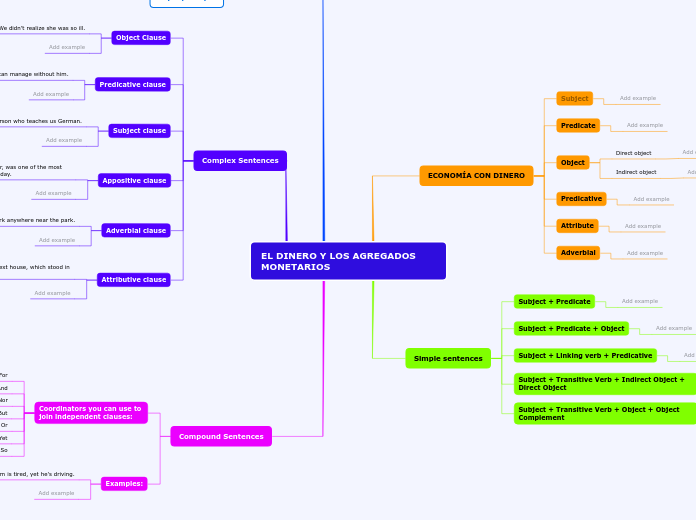par Sanjeet Chana - Rick Hansen SS (2542) Il y a 6 années
189
Mindmap for portfolio 3
During the Cold War era, the geopolitical landscape was defined by the ideological clash between the United States and the Soviet Union, characterized by propaganda and threats rather than direct military conflict.









